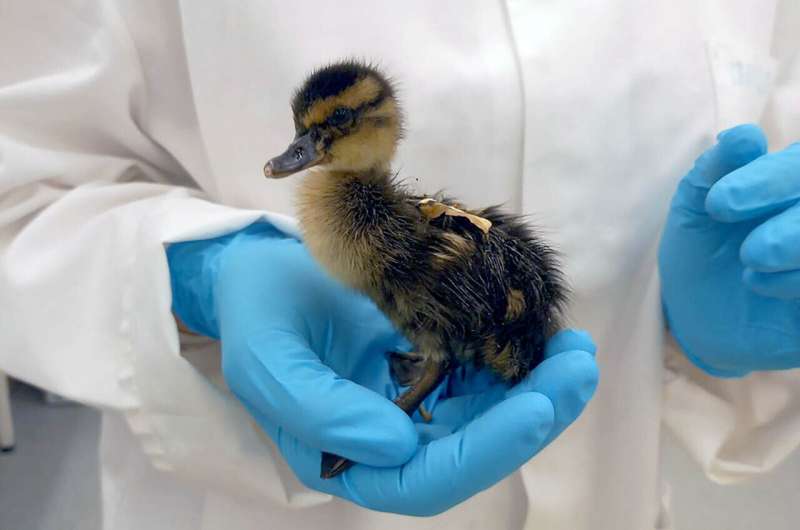The European Union is contemplating a comprehensive ban on per- and polyfluoroalkyl substances (PFAS), commonly known as “forever chemicals,” due to their potential health risks. A recent study has revealed that these chemicals can alter the genetic makeup of ducklings before they hatch, raising significant concerns about their environmental impact.
These substances are termed “forever chemicals” because they degrade very slowly, persisting in the environment for extended periods. They are widely found in various products, including non-stick cookware, waterproof clothing, firefighting foam, food packaging, and stain-resistant coatings. According to Anne-Fleur Brand, a former Ph.D. research fellow at the Norwegian University of Science and Technology (NTNU), PFAS contamination has become a global issue, with these chemicals discovered in drinking water and even in cross-country ski tracks due to their prior use in ski wax.
Despite the known toxicity of certain PFAS compounds, thousands remain in use. Brand emphasizes the urgent need for further research to understand their harmful effects on wildlife and ecosystems.
Research Findings on Ducklings
The study, published in the journal Environmental Toxicology and Chemistry, focused on two newly identified PFAS chemicals found in wild duck eggs. Professor Veerle Jaspers from NTNU’s Department of Biology noted that while these chemicals are documented in the environment, their biological effects were largely unknown prior to this research.
Conducted under controlled laboratory conditions, the study involved injecting mallard duck eggs with either the new PFAS chemicals or PFOS, a known harmful compound already banned. The researchers replicated how these chemicals transfer from mother birds to their eggs in the wild. After sealing the eggs and incubating them for four weeks, they examined the ducklings’ organs for genetic expression changes.
Impact on Duckling Development
The researchers focused on three vital organs: the liver, the heart, and the bursa fabricii, which is crucial for immune system development. The findings revealed significant alterations in gene expression, particularly within the liver. Ducklings exposed to the new PFAS substances exhibited changes in genes that regulate fat metabolism. Brand pointed out that this disruption could severely impact the birds’ survival and reproductive success, as mallard ducks rely on a precise fat storage schedule that aligns with their breeding and migration cycles.
Interestingly, the heart showed minimal changes, which surprised the researchers given that other PFAS compounds have been known to affect heart development in various species, including humans. Brand cautioned that the early developmental stage of the ducklings might mask later adverse effects.
In the bursa fabricii, the study uncovered increased activity in a gene responsible for detecting viral infections. This response indicates a heightened readiness to combat infections, but it also raises questions about whether this increased activity signifies stress on the immune system. “We do not yet know if this helps or harms the birds,” Brand explained, highlighting the need for further monitoring of the ducklings as they mature.
Call for Regulation
The research findings underscore the necessity for regulatory action on PFAS. With the potential for newly identified chemicals to produce effects similar to those of PFOS, the EU is considering regulating all PFAS as a group. This approach would simplify the regulatory process, as all PFAS share similar chemical structures and pose comparable risks.
Jaspers stated, “Our findings support the demands to regulate all forms of PFAS. Prohibiting them one by one is both expensive and time-consuming.” However, before any regulations can be established, further data is required, particularly from studies that mimic natural environmental conditions.
The long-term consequences of PFAS exposure are still being examined, but the researchers emphasize that these chemicals are problematic from the very beginning of life. As they persist in the environment, the implications for wildlife and ecosystems remain a pressing concern.
The study serves as a critical reminder of the potential dangers posed by forever chemicals, as their presence in our environment continues to grow.





































































